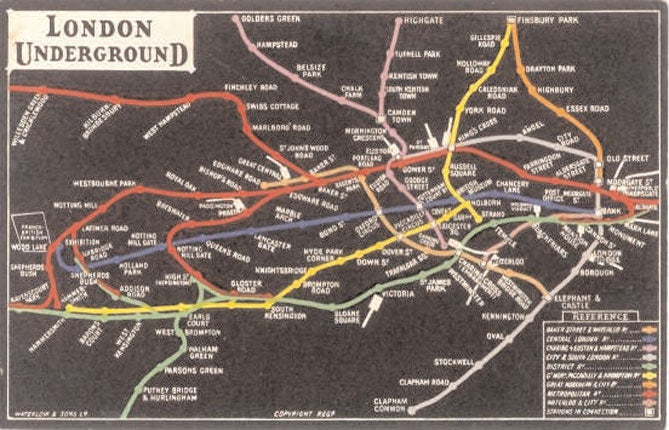Why pubs are on track to open in 'ghost stations'

Underground stations lost beneath London's streets could be opened up again in an initiative designed to give them fresh life as concert venues, bars and tourist attractions.
Negotiations to put together the finance needed to refurbish the first of 26 disused stations are under way and have been given the blessing of the Mayor of London Boris Johnson – with the condition that not a penny of public money is spent.
Ajit Chambers, the entrepreneur behind the scheme, believes the hidden stations and tunnel networks can be revitalised by allowing a range of businesses to move into them. Some would make use of the heritage value of such sites while others would simply make use of the unusual space.
Since the first London Underground service ran 148 years ago, a number of stations have closed. Some, such as British Museum, have been demolished, but a large number have simply been closed to the public.
Aldwych is among the best known of the disused stations. It was originally known as Strand but in 1915, less than eight years after opening, it was renamed. It closed in 1994, but is frequently used as a film set. At Euston, there are areas which have been closed to the public, such as a deep-level ticket hall, which could find new uses. Similarly, York Road, close to the King's Cross redevelopment, is in a prime location and estimates suggest a £20m investment would give it a new lease of life.
South Kentish Town, which closed in 1924, now hosts a sauna and massage parlour, while Down Street, near Hyde Park, which closed in 1932, is among those with a heritage to prize – it was used as an air raid shelter by Winston Churchill.
Brompton Road, close to Harrods, was used as an anti-aircraft operations headquarters during the Second World War.
Mr Chambers, who has set up The Old London Underground Company, is confident of raising enough money to revitalise closed stations.
However, Transport for London, offered a note of caution: "The majority of disused stations have not been used for many years and nearly all are next to the operational railway, which would present a significant safety challenge.
"We have had extensive correspondence and previous meetings with Mr Chambers and he is aware of the impracticalities of his proposals."
Going underground: Stations that may be reopened
1. Aldwych
Aldwych station was originally called Strand when it opened in 1907 and the name was still in use on the 1908 map. But it was changed to prevent confusion with another station in the same area. After years of being run as a limited service for peak hours, it was closed in 1994 when it was decided that the replacement of the lifts was essential but too costly for the number of passengers using the branch line station. It is now commonly used as a location for feature films.
2. South Kentish Town
This stop is between Kentish Town and Camden, but was too close to both to be economically successful. It closed in 1924, just 17 years after opening, during a power station strike and was never reopened to passengers. It now hosts a sauna and massage parlour.
3. Euston
Although it is still a very busy modern station, Euston has a long network of tunnels and several platforms which have been closed off to the public. Among the most striking areas now withdrawn from the public eye is a ticket hall deep underground which still boasts the original stonework around the service window.
4. York Road
York Road opened in 1906 and closed in 1932. Being sited in what was then a poor industrial area, it struggled to attract enough passengers. The Kings Cross St Pancras development prompted suggestions that it should be re-opened, but since then no firm plans have materialised.
5. Brompton Road
Brompton Road was closed after being deemed uneconomical in 1934. During the Second World War the platforms were converted into offices and the station was used as a control centre for anti-aircraft operations. At the end of one of the platforms a projection wall was built to allow staff to see information films. In some parts of the station, wartime maps are still on the walls.
6. Down Street
Down Street was close to Green Parkand Hyde Park. It was closed in 1932 but was used as a bomb shelter by Winston Churchill and his cabinet during the Second World War. A bath installed in 1939 has been dubbed "Churchill's bath". The station is now designated as an emergency exit from the Piccadilly Line.
Join our commenting forum
Join thought-provoking conversations, follow other Independent readers and see their replies
Comments